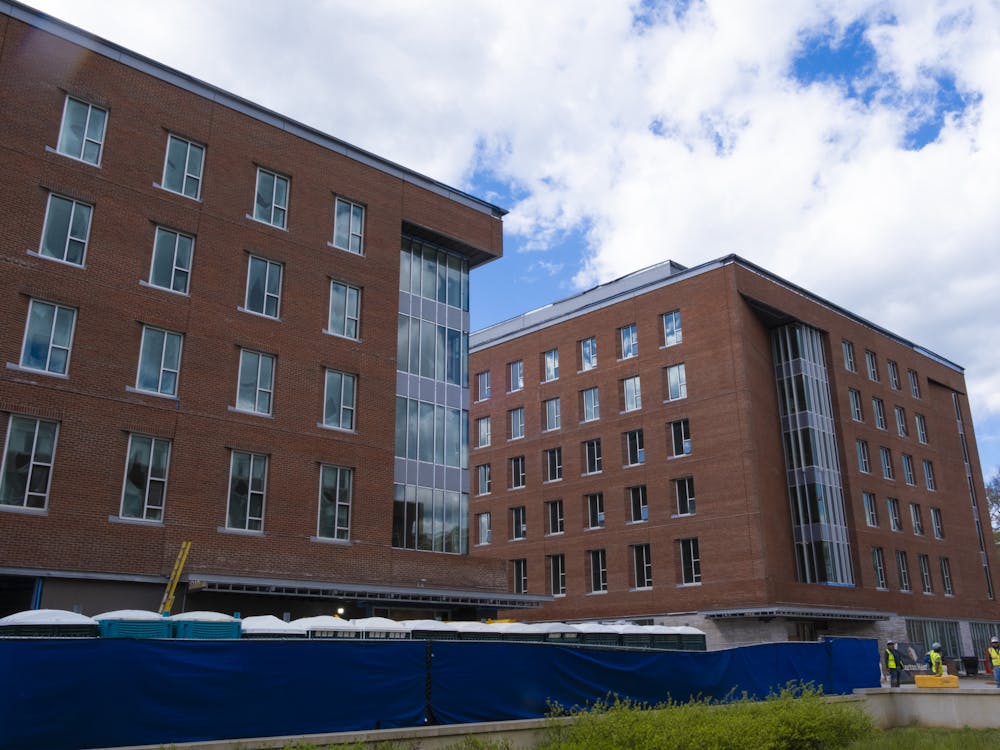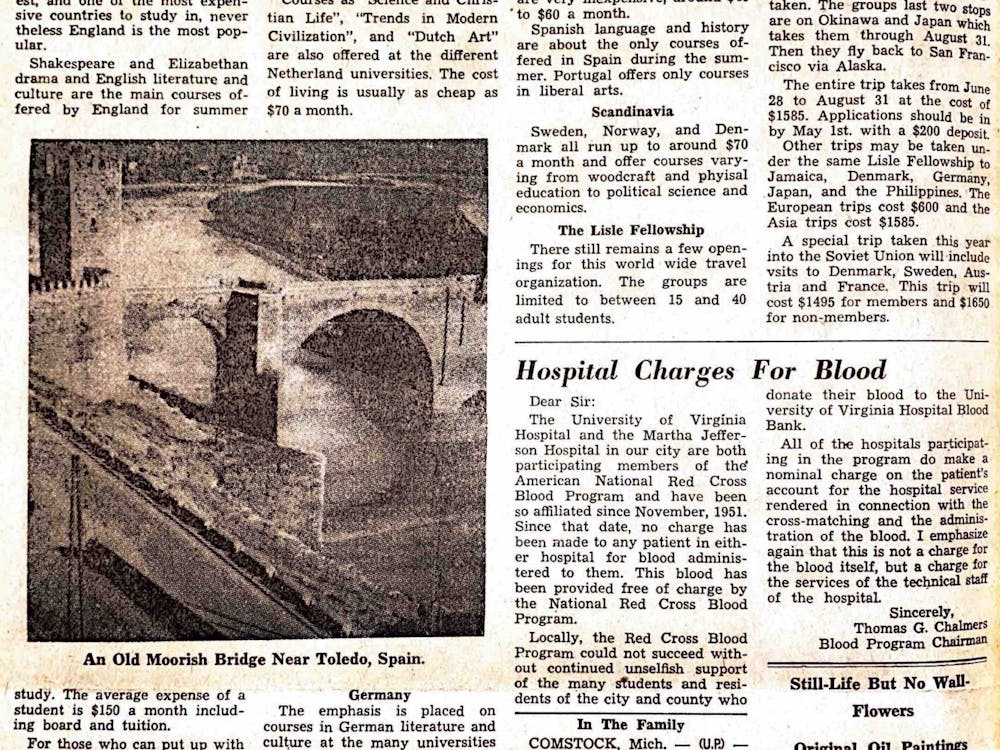A proposed plan to clean the Chesapeake Bay will increase the body of water's economic benefits by $22.5 billion, according to a report released Monday by the Chesapeake Bay Foundation. The improvement plan would increase the total economic benefit of the bay to $129.7 billion.
The plan, the Chesapeake Clean Water Blueprint, aims to combat the severe pollution problems which have reduced water clarity and dissolved oxygen levels in the water, leading to the deaths of multiple species of plants and animals.
The Chesapeake Bay Watershed covers 64,000 square miles and six states, including Virginia, and includes 11,684 miles of shoreline and 150 major rivers and streams.
In 2010, each of the six states in the Watershed, along with Washington, D.C., released plans to meet pollution caps by 2025. The Blueprint consists of these six plans and is under the regulation of the Environmental Protection Agency.
Virginia would benefit the most under the current plan, earning more than $8.3 billion annually according to the report. Many of these economic benefits would go directly to watermen and others living near the bay. Cleaner water would result in more fish to sell, as well as an increase in tourists and higher property values.
But the economic benefits would also reach city-dwellers — a healthier watershed would have more trees, filtering air to remove pollutants and providing shade which would reduce energy use, according to the report.
The Chesapeake Bay Foundation estimates implementing the plan will cost about $6 billion per year, with the costs of long-term maintenance decreasing after making natural capital investments.
Detractors of the plan include multiple national agricultural associations and local governments hesitant to invest in the cost of cleanup. Foundation Senior Scientist Dr. Beth McGee, a University alumna, said he hopes the plan will ease some of their concerns, and that if it is successful the plan could serve as a model for restoring watersheds across the United States.
“There’s nothing else in the country like what we have here in terms of a state plan, with a federal agency upholding them to their plans,” McGee said. “The framework is definitely transferable. … This report shows that there are benefits going to be accrued.”
The success of the plan relies on local residents committing themselves to the project, McGee said.
“The best thing they can do is let their elected officials know they care about clean water,” McGee said. “It really makes a difference contacting officials.”
States in the Chesapeake Bay Watershed have agreed to meet 60 percent of the Blueprint’s requirements by 2017 and to fully implement the plan by 2025.




